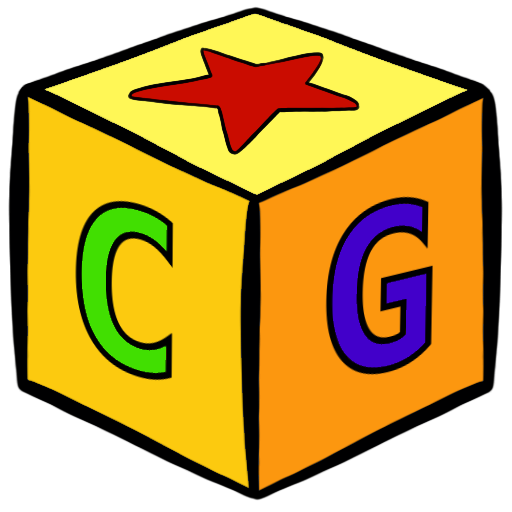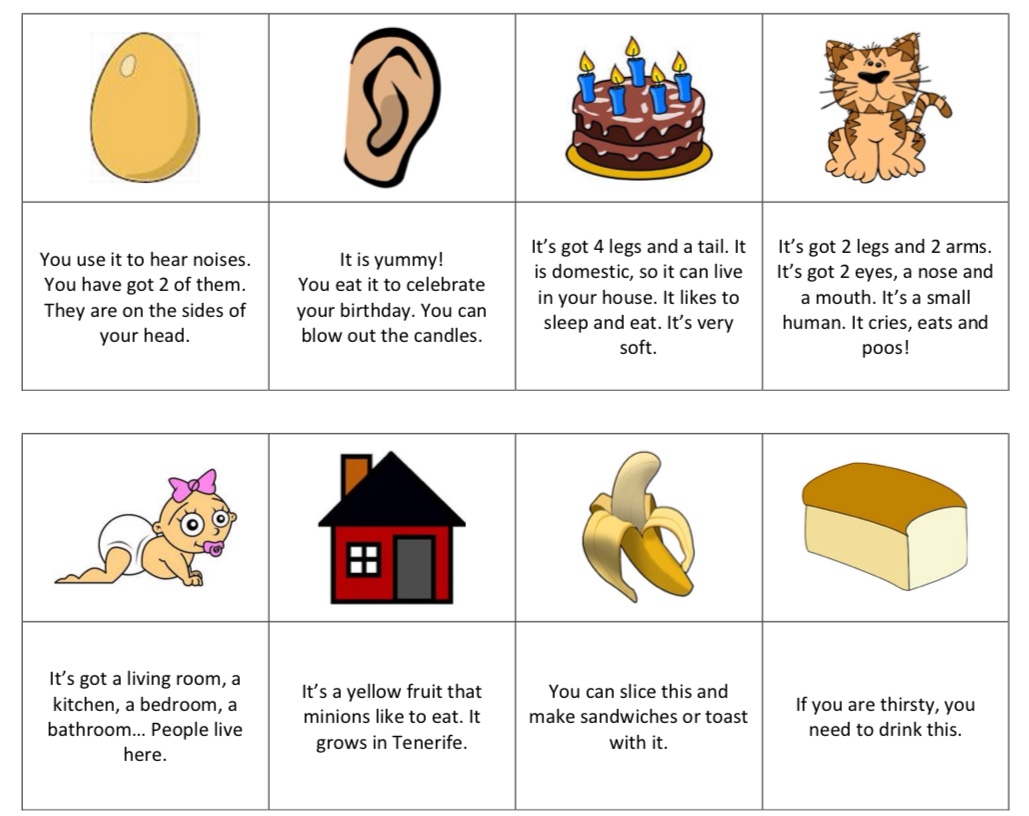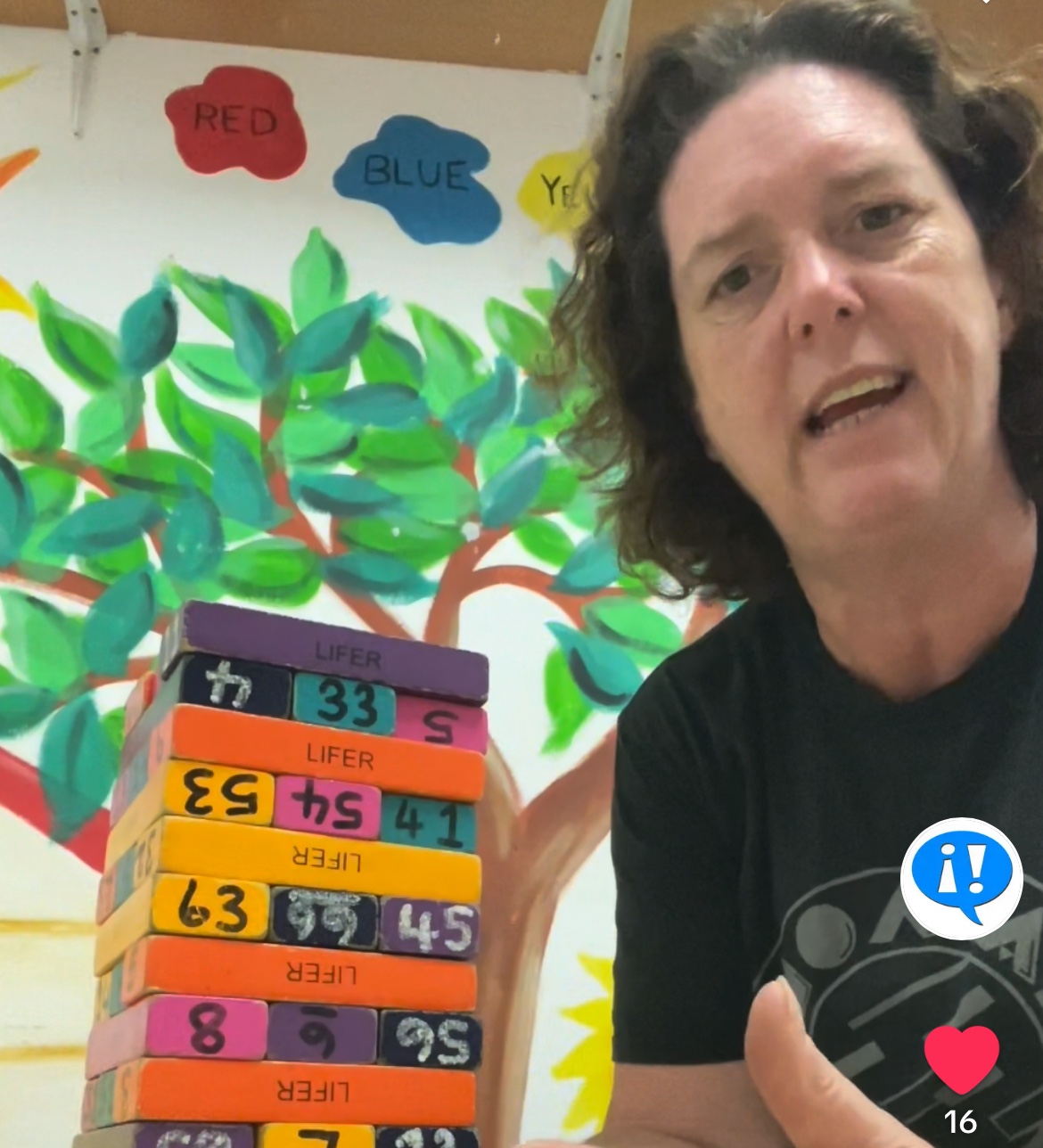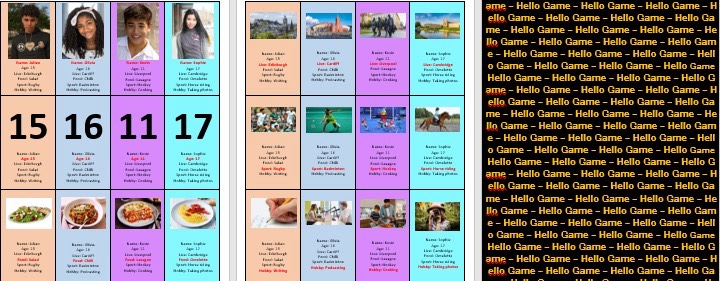Another treasure hunt, but this time for older primary and teen learners that have a A2 level minimum and can read English reasonably well.
What you need
Print off the PDF at the end of this post and then cut up the QR codes. You can stick them around your class, school, playground… wherever you choose.
Each player or group will need a mobile phone that can scan QR codes. The codes are in text form, so an internet connection isn’t needed. I would do a test first though, to make sure your device works. If not, there are plenty of free QR reader apps that you can download.
How to play
Give each player, whether that be an individual student or group, one of the answer sheets and get them to put their name, or teamname on the sheet.
Write the start time on the sheet. This enables you to have staggered start times, if you wish.
Students can complete the questions in ANY order. They just scan a code and answer the question. Writing the answer on their sheet in the corresponding numbered space.
When they finish and return their sheet to you, write the finish time.
The winner completes all questions the quickest.
You can add time penalties of your choosing for spelling, wrong answers, etc. For example, I add 5 seconds for each misspelled word and if an answer is incorrect, I will add 20 seconds. This encourages players to put what they think are correct answers, rather than just filling in anything.
Download
Download a PDF of the QR Treasure hunt here : http://www.classroomgames.net/materials/treasure-hunt-2-qr.pdf




